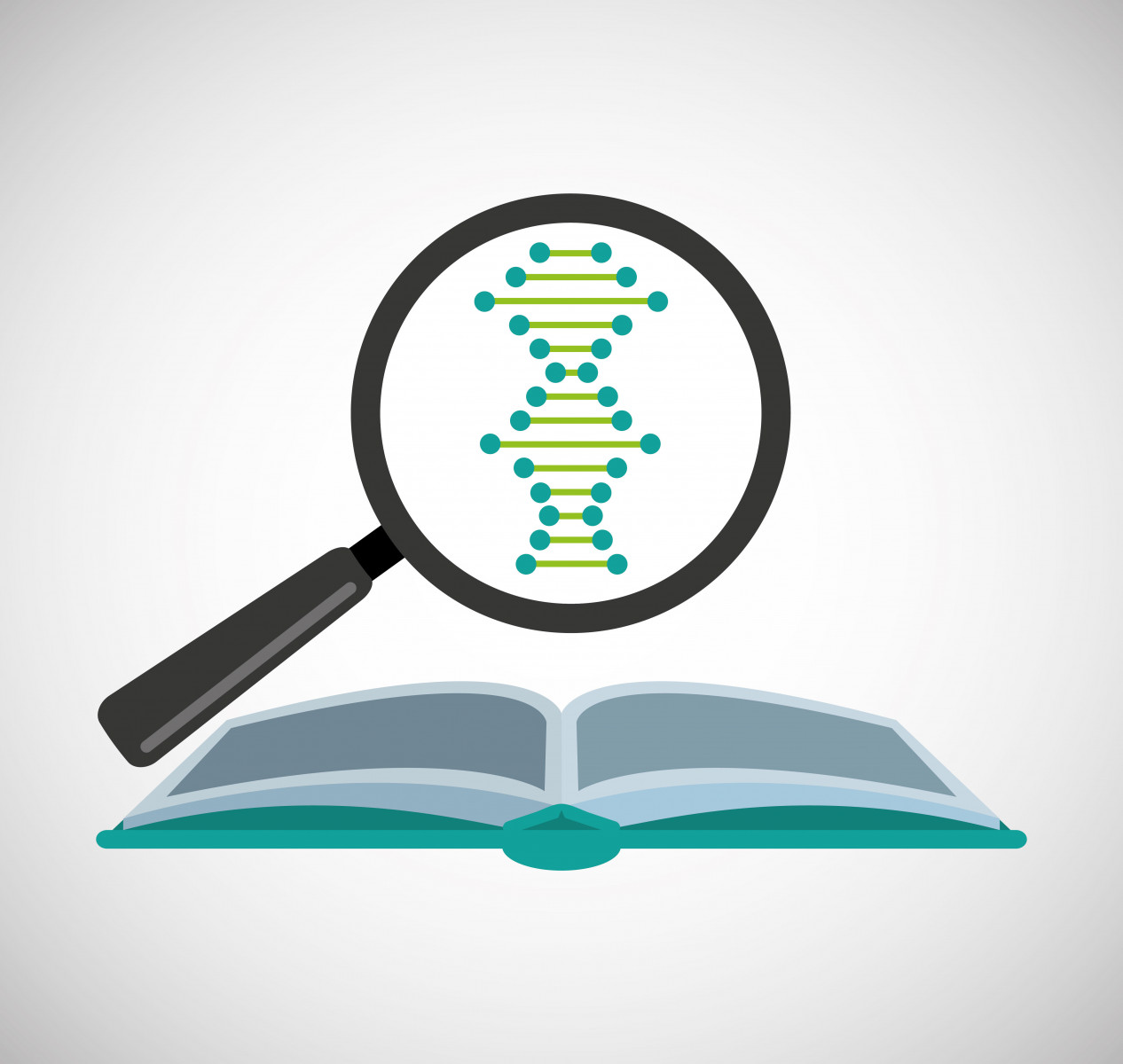Cure SMA Booklet Outlines Possible Risks, Benefits of Combining Treatments
Written by |

A free resource booklet, published by Cure SMA, may help people with spinal muscular atrophy (SMA) to better understand the possible risks and benefits of combining different treatments for the disease.
The booklet, titled “Scientific Considerations for Drug Combinations,” is available online.
The past several years have seen the approval of multiple treatments for SMA. This has prompted many to wonder whether better outcomes might be possible by combining different therapies.
The booklet notes that such combinations may indeed prove beneficial — for example, combination therapies are standard practice for the treatment of HIV and some types of cancers. However, rigorous scientific study is needed to ensure that such combinations are both safe and effective in the context of SMA, Cure SMA notes in the 12-page booklet.
“It is especially important to avoid assuming that combining treatments will always yield more benefit or improved outcomes. In fact, in some cases combining two or more therapies could lead to less efficacy and more negative side effects than might be achieved when using one of the treatments alone,” the booklet states.
Clinical trials — controlled research studies — are the gold standard for determining the safety and efficacy of treatment combinations, though the booklet notes that real-world data also are important.
SMA is caused by a lack of the protein SMN, due to mutations in the gene SMN1. The booklet outlines two broad strategies for SMA treatment.
Some treatment strategies are SMN-dependent, meaning that they aim to increase the levels of the SMN protein. This is the goal of gene therapies like Novartis‘ Zolgensma, which aims to restore SMN expression by delivering a non-mutated version of the SMN1 gene to the body’s cells.
Other SMN-dependent treatments, like Biogen’s Spinraza (nusinersen) and Roche’s Evrysdi (risdiplam), aim to increase SMN expression by modulating another gene, SMN2.
Other strategies for treatment are SMN-independent. The goal of such therapies is to improve the health of SMA patients by affecting biological pathways other than SMN itself. Scholar Rock‘s investigational treatment apitegromab (SRK-015), which aims to improve muscle health, is an example of an SMN-independent therapy.
Ongoing clinical trials are testing SMN-dependent therapies in combination with each other and with SMN-independent therapies. For example, Biogen is sponsoring a Phase 4 clinical trial called RESPOND (NCT04488133), which is testing Spinraza in SMA patients who were previously treated with Zolgensma. The trial is expected to enroll 60 children ages 3 or younger at approximately 20 clinical sites worldwide. More information on trial locations and enrollment will be made available here.
Another ongoing clinical trial, TOPAZ (NCT03921528), sponsored by Scholar Rock, is testing apitegromab both alone and in combination with Spinraza. Recent interim data from the trial were positive, indicating that the treatment improved motor function.
“Cure SMA is excited to see our industry partners starting these trials for the SMA community and are pleased to partner with Biogen and Scholar Rock to move these respective studies forward,” Cure SMA stated in a press release.
In addition to noting the need for continued study to determine whether different SMA treatment combinations can be used safely and effectively, the Cure SMA booklet also notes other factors that should be considered when deciding to combine treatments. Such factors include the financial cost of treatments and the burden that taking multiple therapies can place on patients and their caregivers.
The booklet was produced as part of a partnership with the Cure SMA Industry Collaboration, whose members are Novartis Gene Therapies (formerly Avexis), Astellas Pharma, Biogen, Cytokinetics, Genentech/Roche Pharmaceuticals, and Scholar Rock.






